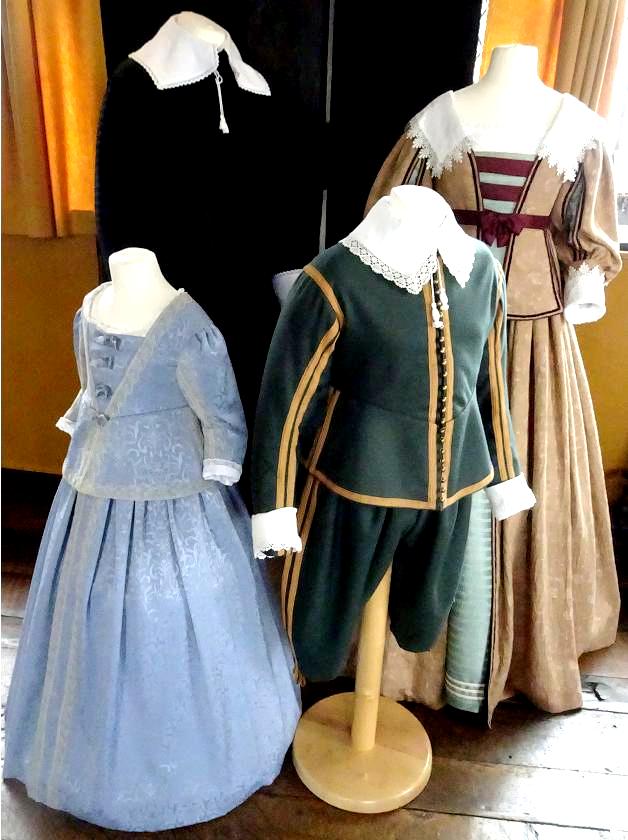
Figure 1.-- This is a display at a Historical 17th century home called the Black and White House in Hereford. It shows English Civil War fashions for the whole family. We believe they are reproductions, but are not sure what they were based on. The clothing on display seems to be the costumes worn by a prosperous Hereford family. John Jones was a master butcher and the house may have been where he conducted his business. It is thought that the house was built for them (1621). The family consisted of husband John, wife Mary, children Elinor, Margaret, Tomas, and Alice. Hereford was a royalist city. Jones was a royalist. Many who supoported King Charls were commoners like Jones. The King visited Hereford duing the Civil War (1645). It fell to Parliamentarian forces in December of that year. The Royalists attempted to retake the city, but failed (1646). The Royalists was only 30 men. A reader tells us, "Adult male royalist costume black. This was a colour worn by Royalist males. Sir Henry Lingen of Stoke Edith's portrait shows him wearing a black costume. I think it safe to think that the display shows royalist costumes." While the father dresses in black. The rest of the family wears muted fashions. Wide white collars were popular. Pants after the early-17th century evolved from the short, balooned out Elizabethan to knee breeches cut well below the knee. This becane the basic style for men and boys. There were still no dedicated children's fashions at ther time. |

